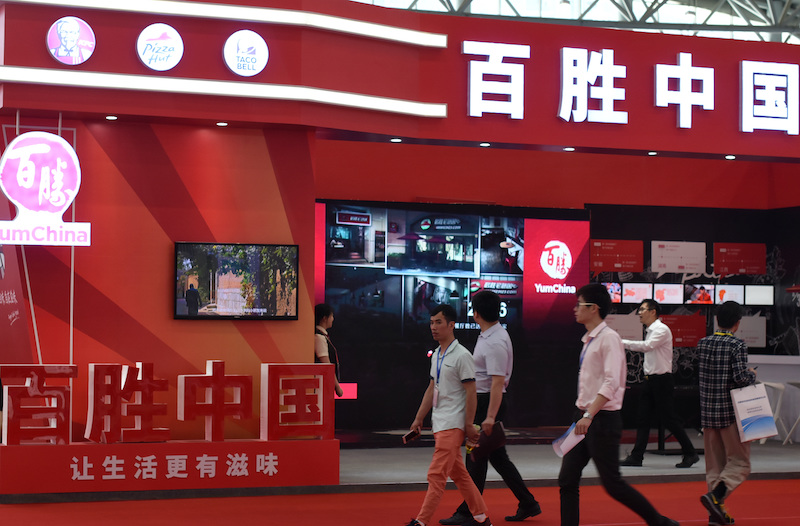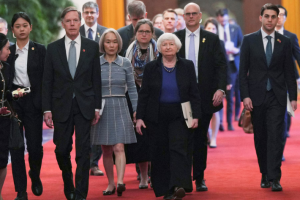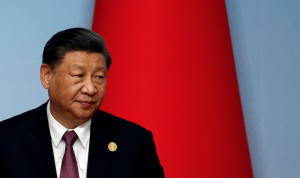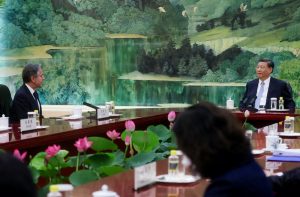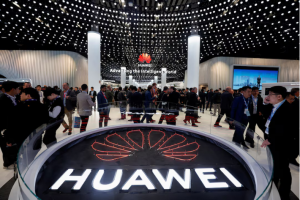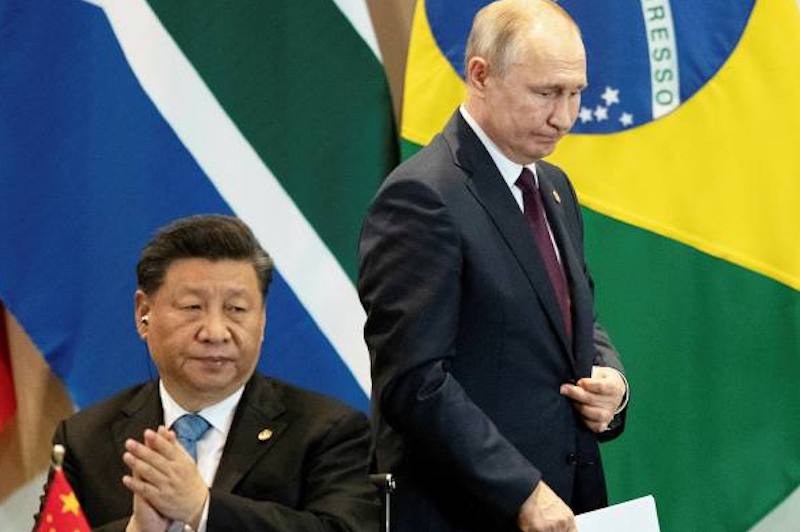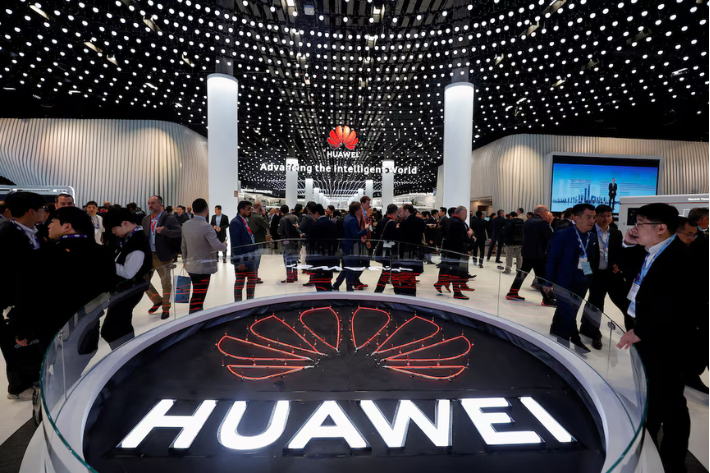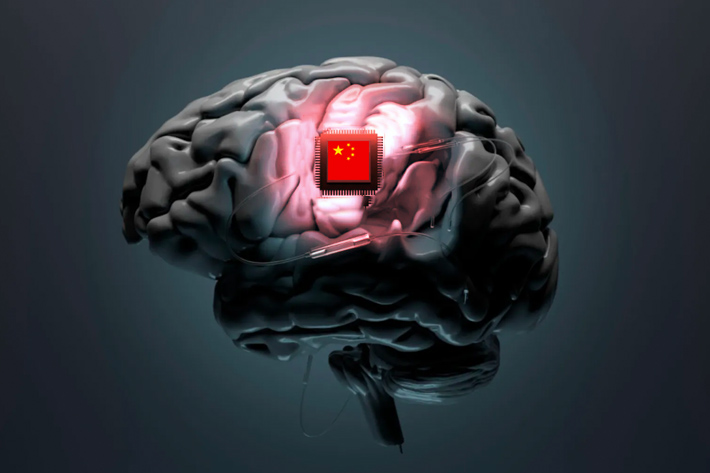Steep price cuts and bargain hunts are becoming the new norm in China, threatening to tighten the hold of deflation on the world’s second largest economy.
Falling income growth and record-high youth unemployment are pushing the average Chinese consumer to buy fewer and cheaper products and services, which, in turn, is forcing retailers in the country to offer lower-priced alternatives.
And the fierce competition to draw the attention of thrifty Chinese consumers is reshaping the country’s retail landscape.
Also on AF: Chinese Car Exports to EU Seen Hit by Red Sea Ship Attacks
The pursuit of “value of money” among consumers “is reversing years of trading up across almost every category,” said Mark Tanner, founder of Shanghai-based marketing agency China Skinny.
Discounting and the roll-out of cheaper products has led to a fall in the average selling price for several product categories, including supplements, dairy, skin care and cosmetics, he added.
These trends suggest an increasing risk that recent deflationary trends could soon become more permanently entrenched in the Chinese economy.
Advent of discount stores
The climate has also given rise to a new breed of discount stores, a relatively new phenomenon for China, which, in turn, is pushing larger rivals to announce big price cuts.
Lingshi Henmang is a six-year-old snack brand with the slogan “The People’s Snack”. Its products are cheaper than supermarkets and it plans to expand to 10,000 stores in 2025 from 4,000 currently, according to the Changsha-based company.
In a statement released by its public relations representative, Lingshi Henmang said the expansion was a result of strong demand.
“The market has undergone significant changes in the past three years due to the epidemic, and consumers are becoming more rational in their purchasing decisions,” the statement said.
Bestore, China’s biggest snack brand, in November fought back by cutting prices on average by 22% on 300 products, with the largest at 45%, in its biggest reductions ever.
Hotmaxx, which specialises in selling soon-to-expire products at cheaper prices, has also set a target of expanding to 5,000 outlets in the next three years, from 250 currently, according to its website.
View this post on Instagram
Cheaper alternatives on the rise
Numerous examples of Chinese retailers offering lower-priced alternatives have appeared in response to consumers’ cost-cutting.
Haidilao, China’s largest hotpot restaurant chain known for premium, attentive service, in late September opened two outlets of a lower-priced brand, Hailao Huoguo.
Huoguo offers beef dishes for as low as 28 yuan ($3.92), down from 70 yuan at the flagship chain. Its food is also served cafeteria-style, reducing staffing costs.
Similarly, spirits maker Moutai, whose trademark 500ml baijiu bottles sell at 1,499 yuan ($209.89), this year unveiled latte and chocolate products infused with the liquor that sell for as little as 35 yuan.
Walmart’s membership chain Sam’s Club and Alibaba’s Freshippo have also been locked in a price war for the past five months. Both sides have cut prices on popular items such as durian puff pastries by up to 34%.
Feeling the heat
In some industries, falling consumer appetite is already fuelling a decline in revenue, as “companies are lowering prices to maintain their market share and avoid being squeezed out,” said Wang Dan, a Shanghai-based economist at Hang Seng Bank.
“It is definitely a price decrease or low inflation environment now. Though it is hard to forecast how long the situation will last, but for sure it is bad for the economy,” she said.
Policymakers have said they expect inflation to pick up, but data earlier this month showed consumer prices falling at their fastest pace in three years and factory gate deflation deepening.
At such a time, companies ramping up cheaper offerings may create a vicious cycle of lower profit margins that curtail wage and job growth and further depress consumer appetite.
While the Chinese economy, spurred by state-directed credit and investment, is expected to expand 5% or so this year, consumers are not feeling that growth.
Andy Yang, a student in Beijing, recently went to Hailao Huoguo with friends and planned to switch from Haidilao in the long run. “I’m graduating next year but I still don’t have any good job offers,” he said. “For me, the cheaper the better.”
- Reuters, with additional editing by Vishakha Saxena
Also read:
Will China Take on More Debt Chasing 5% Growth in 2024?
Fears of China’s ‘Japanization’ Weigh On Asia Economic Outlook
China Banks Pushed to Sell Bad Loans as Consumer Defaults Soar
China’s Central Bank Chief Pledges ‘Forceful’ Economic Support
Record Number of Chinese Blacklisted for Debt Defaults – FT
China Parents Paying Jobless Offspring to be Children – Fortune




